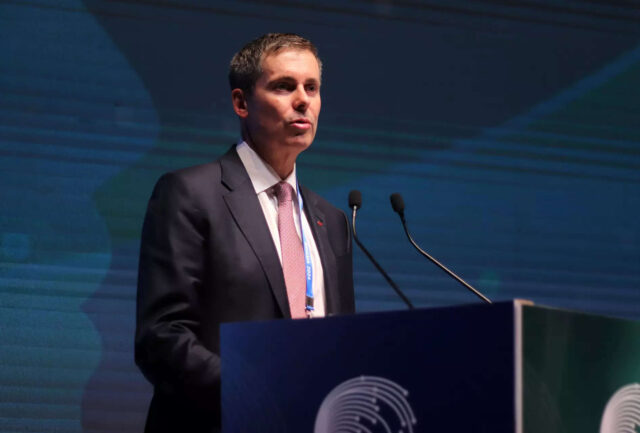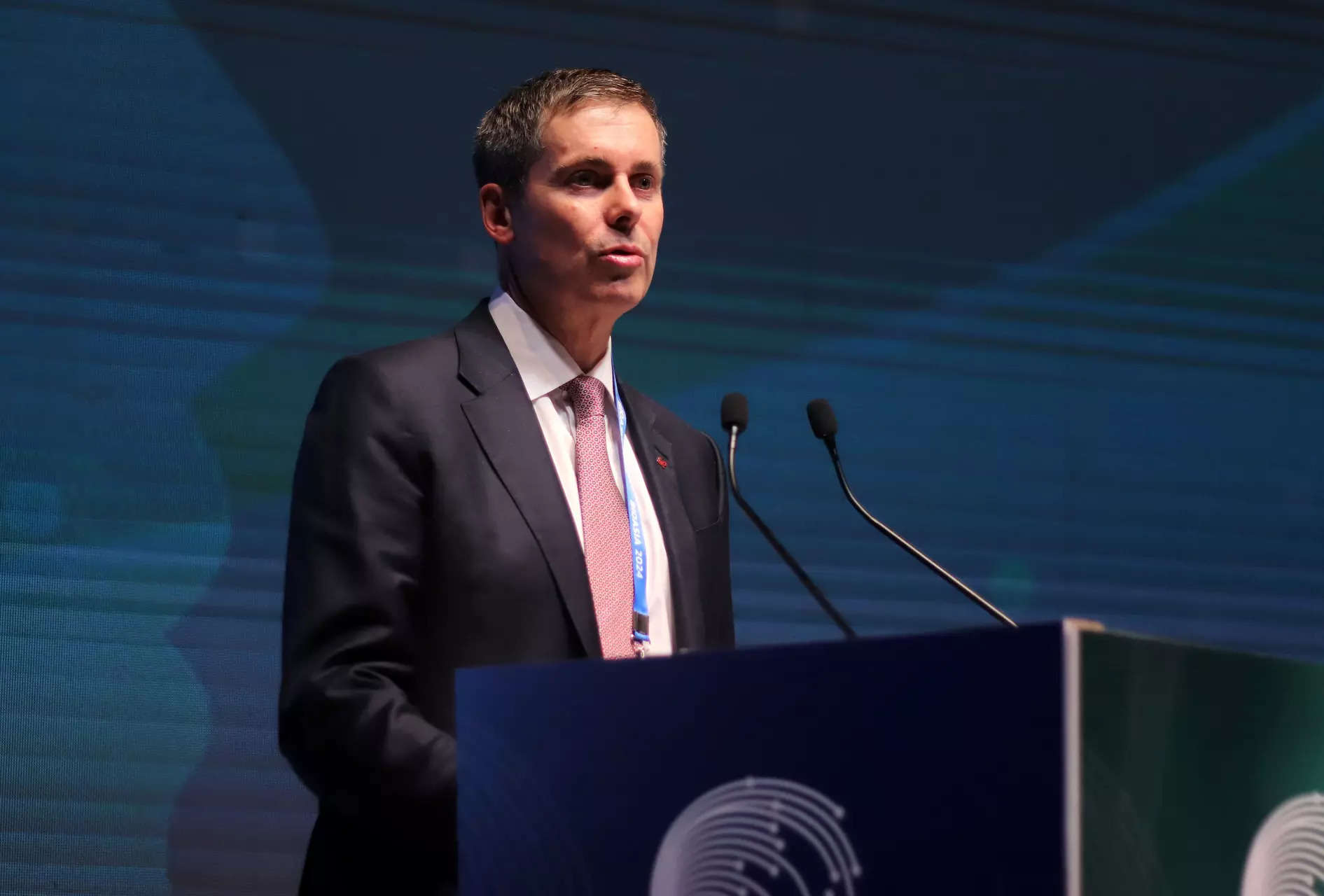
Tell us about your visit here and the plans you have?
We have big operations in Bengaluru built over eight years to over 3,000 people. It’s a unique moment for India and a good time to come – there’s strong economic growth with geopolitical tailwind, as well as for biopharma. And for Lilly, it’s also a special time with so many breakthroughs happening that are propelling our business forward. We are thinking how to grow and build on the success we’ve had and at the same time – how do we get our medicines to more patients?
When can we expect the launch of weight-loss drug in India?
We are aiming to launch in India next year.
This is obviously subject to regulatory approvals, and the supply situation, which is very dynamic. We have made submissions already to the CDSCO (India’s drug regulatory agency) and it is at different stages of evaluation. But, at this stage, we still feel confident that if the supply situation allows us, we should be able to bring that drug to India in 2025.
New innovations in India are seen as unaffordable. Any thoughts on the pricing of the drug?
The ability to pay is one of the sensitivities. But there is also a desire to pay on the other side. Here we have surprised ourselves because nowhere can we say that we overpriced because everywhere we launched, we have run out of supplies. So, price and volume have a relationship in economics and depending on the supply, we have to consider that. Over time as supply expands for the injectable forms or with the oral forms and if we expand dramatically, you can imagine reaching more people can have the drug at lower price points and have more value. But it is not a rationale to under-price when you cannot supply, so we have to take those lessons and think about that when we launch here. We haven’t made any decisions on pricing at present.
In the US, Zepbound costs $1,060 per month.
That’s the list price in the US but at the same time, due to a peculiarity of the US market, we simultaneously offer a half coupon. So, the real price out-of-pocket without insurance is about $550 a month or $130 a week and with insurance it’s typically $25 a month – so quite affordable with insurance. In Dubai, it’s about $400 a month, similar to the US. Eli Lilly had shrunk its direct market presence and partnered with Indian companies. Would you like to come back and set up in a bigger way?
We are asking all those questions. I think it’s a moment to evaluate strategy everywhere. What we do well is introduce new breakthroughs, new medical innovations. The partnerships were focused primarily on older products. There’s a role for that, but that’s not probably what Lilly is for. We make them and so far, that’s good, but in terms of working with doctors on many new innovations and looking at the regulatory approvals, it’s a good time to look at that, again.
What do you think about the business environment here in India? Has it improved over the years?
I think the government is working hard to adjust within the context of the history and the local situation. But I think more is needed in the biopharma sector. There are a few dimensions here. There’s a historic and, I think, useless argument about intellectual property and India. India is a country that lacks the interpretation of global IP rules for our industry, and I think has been a proponent of loosening them globally. But there is not a single country with an innovative industry that takes this position. I think investors look at that, and they say why, I won’t invest in companies there and I won’t spend money. I think India is missing out on that.
And at the same time, understandably, there’s super-scale generic companies here who make their money by taking our inventions later in their life and making cheap copies. But I would put forward that these are not conflicting ideas. They can coexist. And, frankly, India probably should enhance its position in the generic industry. At the same time, India can address policies that can have a flourishing innovative industry, which includes multinationals like ours, but also domestic innovators, which is non-existent right now. Growing that is a significant opportunity.
Is the drug regulatory structure in India in sync with the best in the world?
Intellectual property is one issue and regulatory harmonisation is the other. There are many unique regulatory requirements here, which, from our perspective, serve no real purpose in protecting the population. I understand why they were built up that way, but it’s time to revisit those and look at the International Council of Harmonisation, which publishes their rules and I think there should be adoption of those. When that happens, we can avoid redundant expenses and speed up approvals here. Historically, it was three to five years behind the US new drug approvals. Just pointing out the Indian banking success, which kind of skipped over all versions of banking to the most modern form, and then deployed it at scale.
What is the equivalent of that in healthcare?
It would be digital services, digital physician visits, digital pharmacy, and medicines where people can treat themselves in their home, not building thousands of hospitals. I think that as a more aggressive stance to help the health of Indians but also encourage industry because, if it’s all out of pocket, it really limits what can come here in terms of innovation.


































